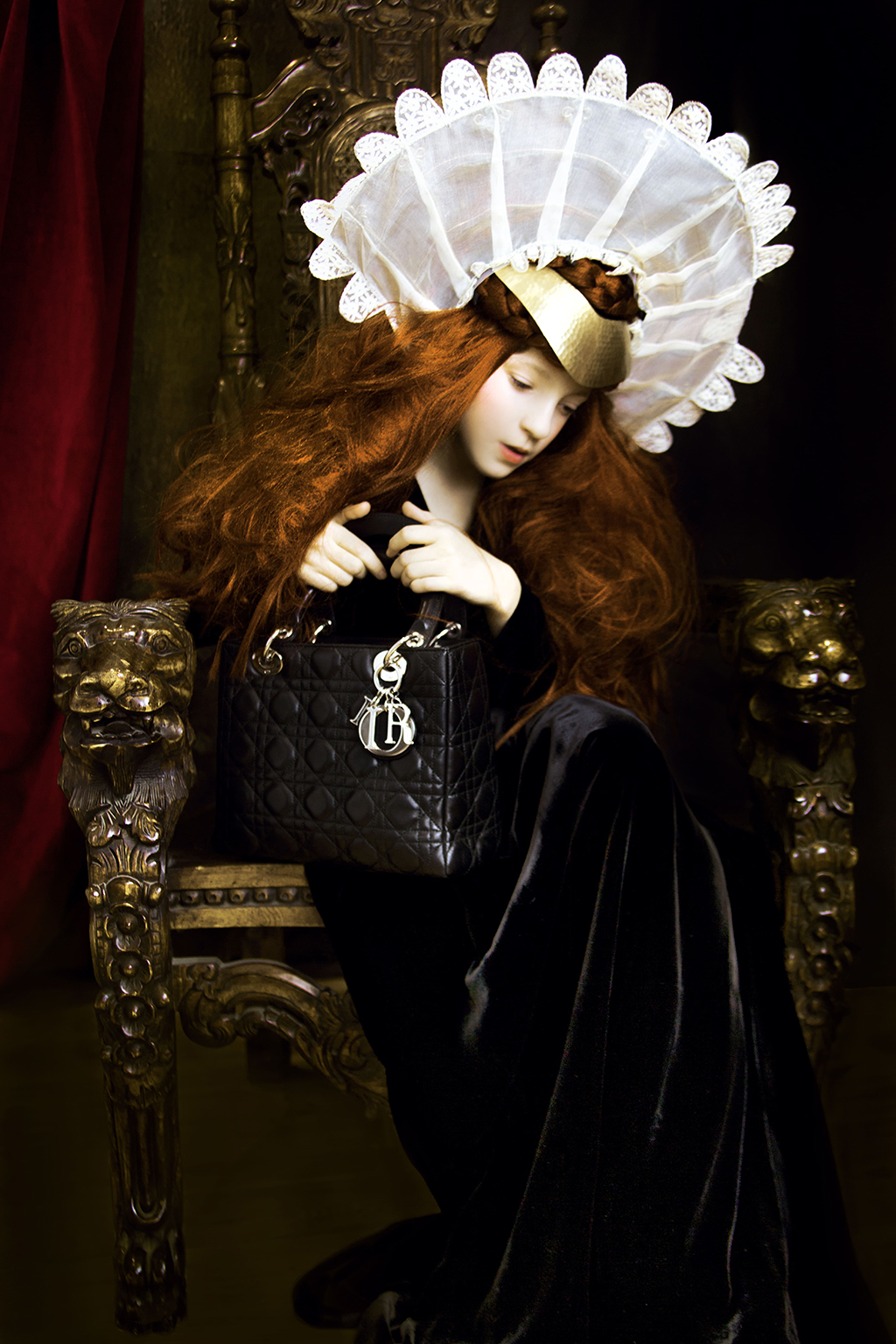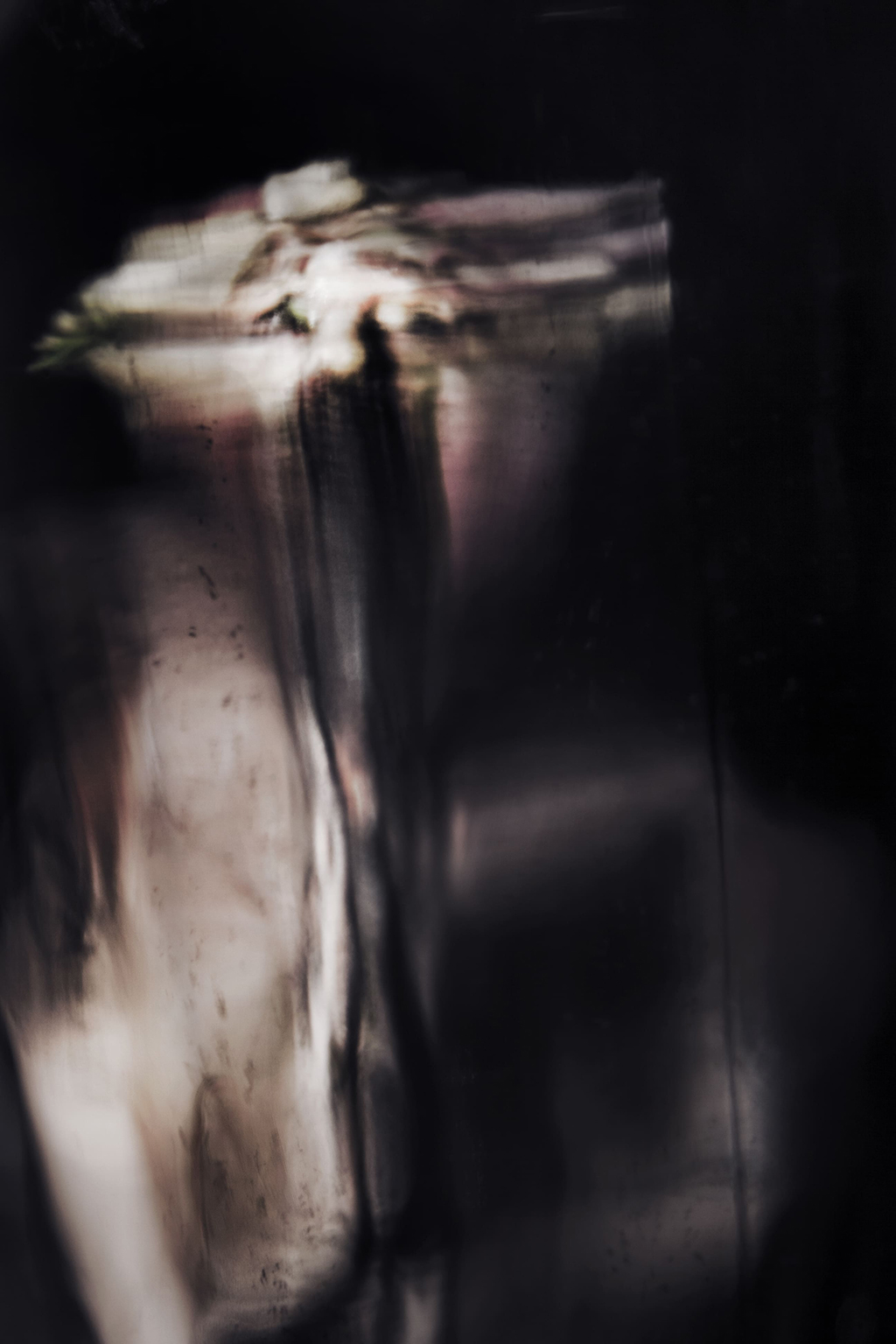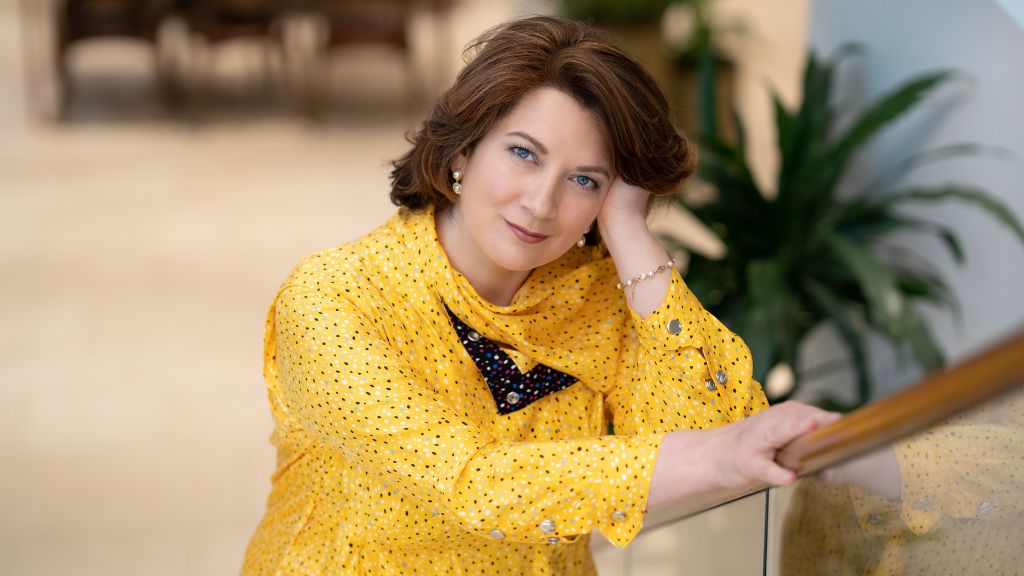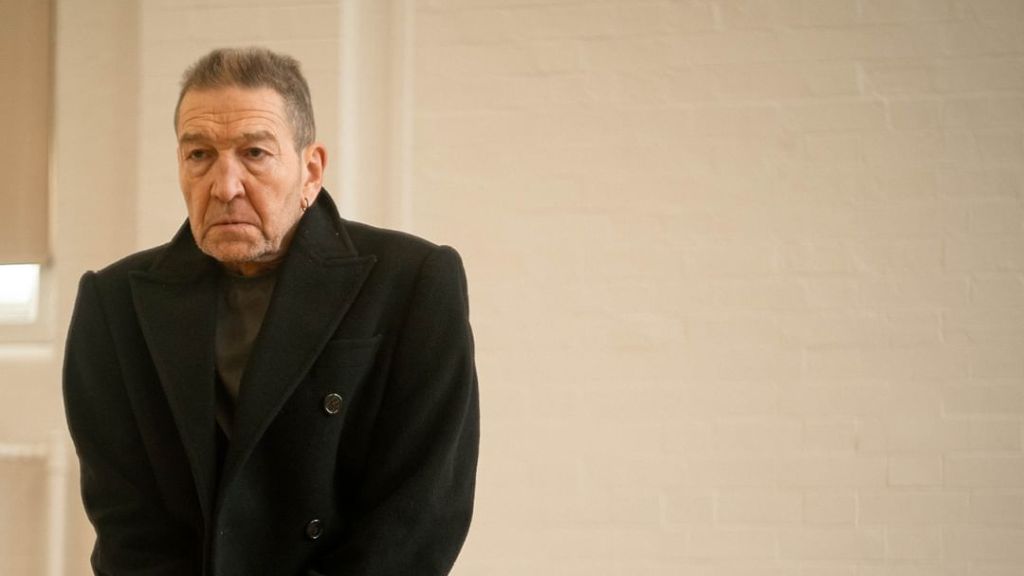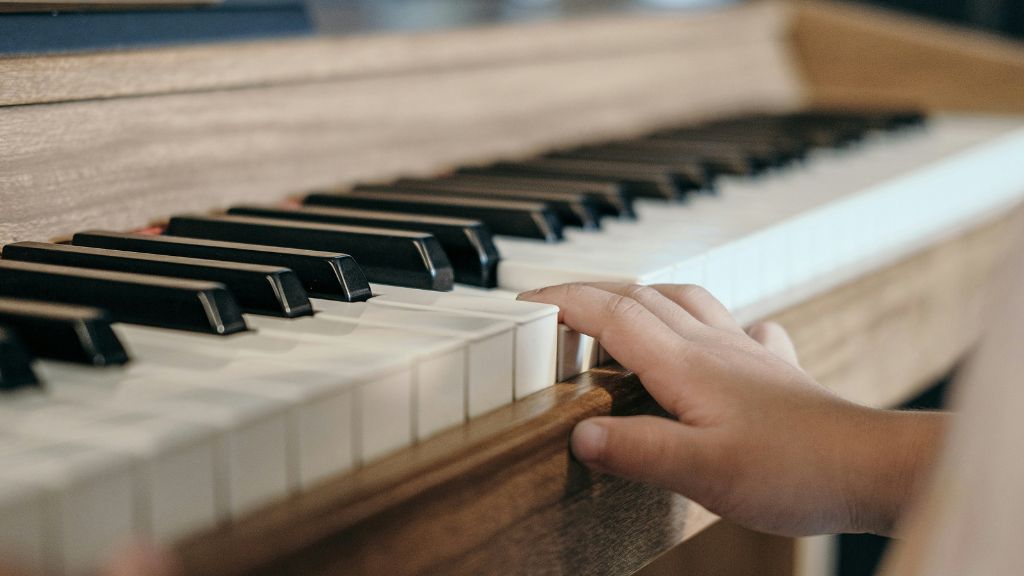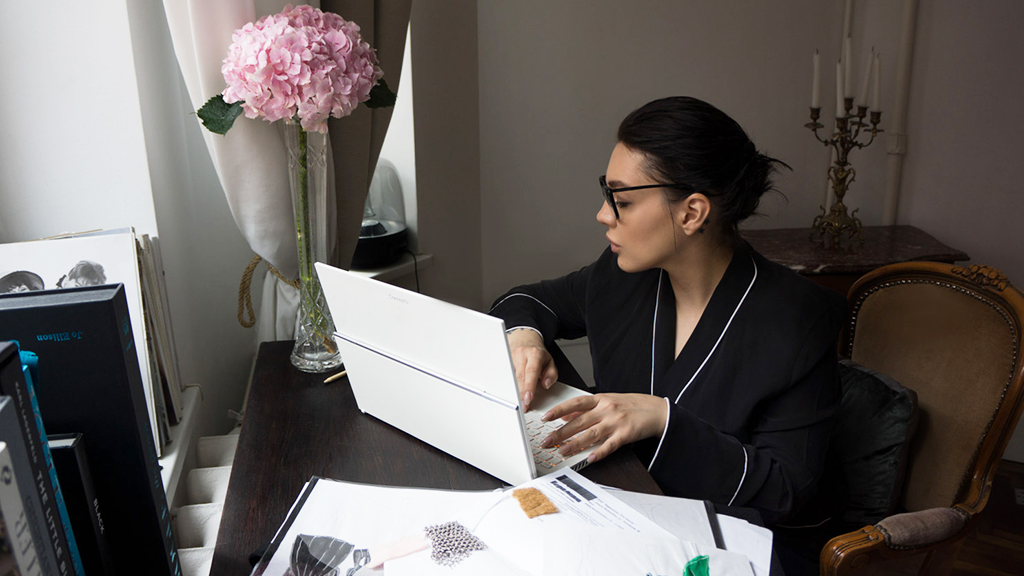
Mariya Tatarnikova: art director, photographer, fashion designer
Afisha.London magazine continues its column in which it talks about talented people who deserve attention. The hero of this material is Mariya Tatarnikova, an art director, photographer, and fashion designer whose work gravitates toward gloomy aesthetics and fabulousness.
Mariya Tatarnikova was born in a small town, Biysk, Russia. She graduated from the University of Arts London and received a First-class bachelor’s degree in Art with specialisation in Fashion Photography. In 2017, Maria published her first pop-up book Once Upon a Death, which had a huge impact on her visual style.
Follow us on Twitter for news about Russian life and culture
Now she is a freelance creative director, specialising in photography via fine art and fashion lens. Mariya received Collective East Photography Award 2021 in photography and became a winner of the contest conducted by the Russian magazine Sobaka.ru “New Names in Fashion-2021” in the nomination “Clothing”.
In any artistic activity, the most important aspect for Mariya is to remain flexible, to try new things, to implement projects exactly in the form in which they were conceived. That is why, as a photographer, Mariya has always been interested in the genre of fashion photography. In her opinion, it is fashion photography that provides the greatest range of opportunities for the realisation of artistic ideas. Through the fashion lens she creates portraits, subject photographs, and implemented complex multi-component projects. At some point, her love for fashion photography even grew into the creation of two clothing brands — the aristocratic and sophisticated coeur 1989 and the punk succubus / incubus.
- Mariya Tatarnikova
- Mariya Tatarnikova, book “Once Upon A Death”
As for the visual component, it is worth highlighting her inclination towards dark aesthetics and fabulousness. Mariya tends to stylise the surrounding space and the appearance of the models. Often the objects, clothes and general surroundings in the frame are anachronistic.
“The world for me is in many ways gloomy and terrifying, but through romanticisation I turn the terrible into the beautiful” — says Mariya.
Lately, she has started to let her work be more expressive. Her earlier photos were more “lined up” and restrained, now there is an element of randomness, and the forms are exaggerated. These visual changes can be seen in the FACES OF FEAR and CRISES OF JOY series, which were recently exhibited in Novosibirsk during Art Week (Modern Art Festival).
Concerning the influences, this list will not only include artists and photographers, but filmmakers as well. “The films of Peter Greenaway, Tim Burton and Guillermo del Toro are inexhaustible sources of inspiration for meׅ” — says Mariya. Speaking about painting, she used to focus on the paintings of the “old masters”: the “small Dutch”, Caravaggio and caravaggists (for example, José de Ribera), portraits of Rembrandt. The alignment of the composition, hard chiaroscuro, a lot of black and earthy colours, intimacy — she transferred these visual qualities to her photographic works. Later, while retaining the visuality of a certain “dark aesthetic”, Mariya’s work turned to the styles of more modern and diverse authors: Francis Bacon, Tim Walker, Joel-Peter Witkin.
- Mariya Tatarnikova, FACES OF FEAR
- Mariya Tatarnikova, CRISES OF JOY
Speaking about Mariya’s approaches to the embodiment of ideas, she creates a reality that looks unreal. This means that all the objects depicted in the photograph actually exist. No objects or details of the surroundings are simulated using graphic editors. She also avoids using a lot of retouching, but her camera is set in such a way that there is a slight blur effect. This blur appears as a haze in the frame and makes the models look like porcelain dolls (reduces the visibility of skin texture). Also, Mariya uses aspherical lenses to minimise the distortion of the world she creates.
“My creative plans are aimed at expanding my own skills — I want to try working in mixed media field, shoot more videos and create voluminous photo collages” — says Mariya.
Read more:
Vladimir Logutov: an artist rethinking the relationship between art and the viewer
Sackler name will be removed from British Museum galleries, rooms and endowments
Irina Evseenko: an unusual artist who creates her own worlds
SUBSCRIBE
Receive our digest once a week with quality Russian events and articles

